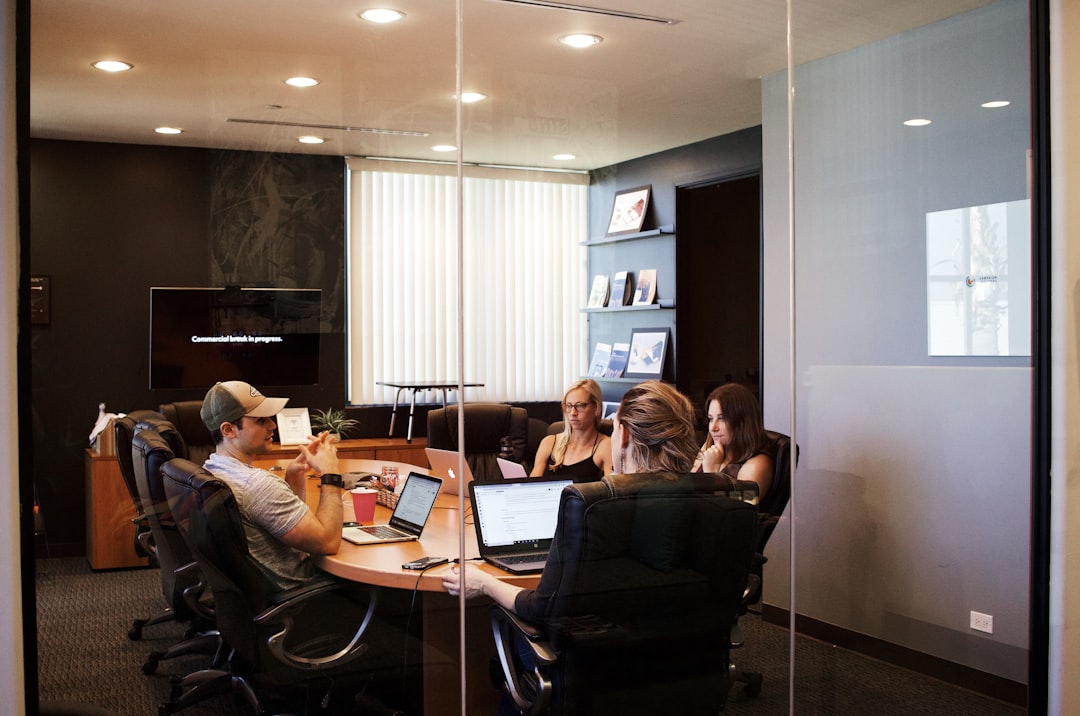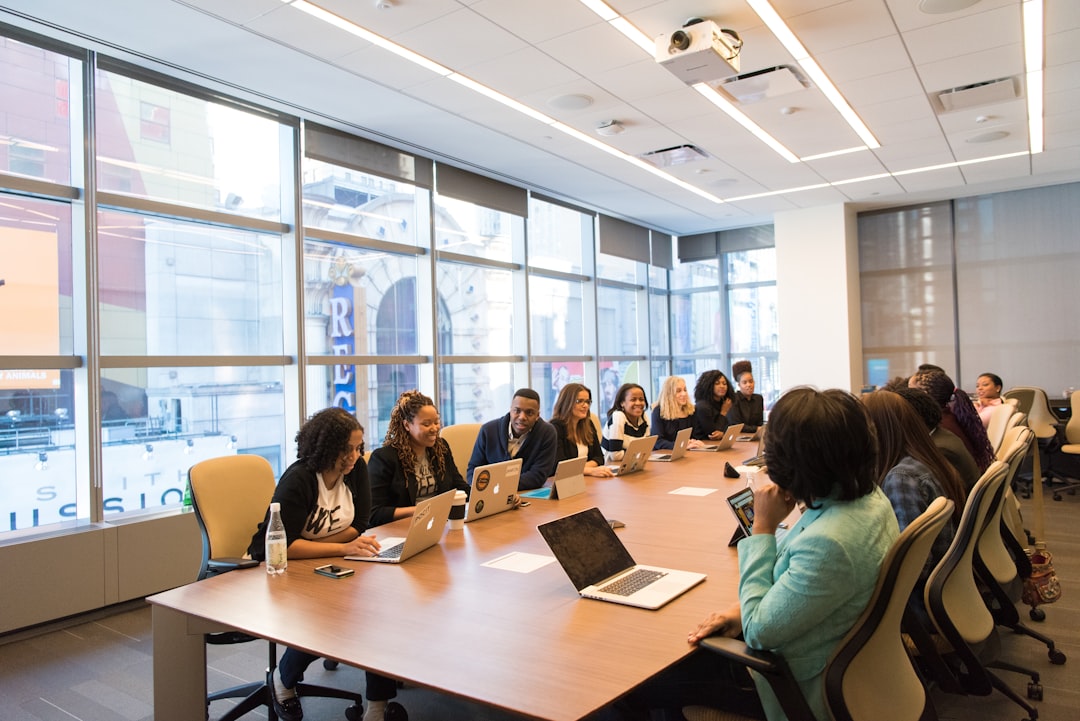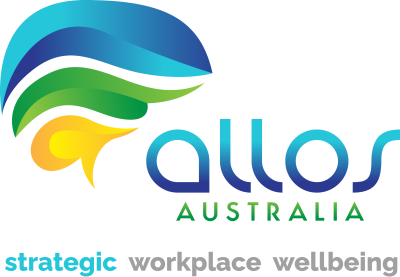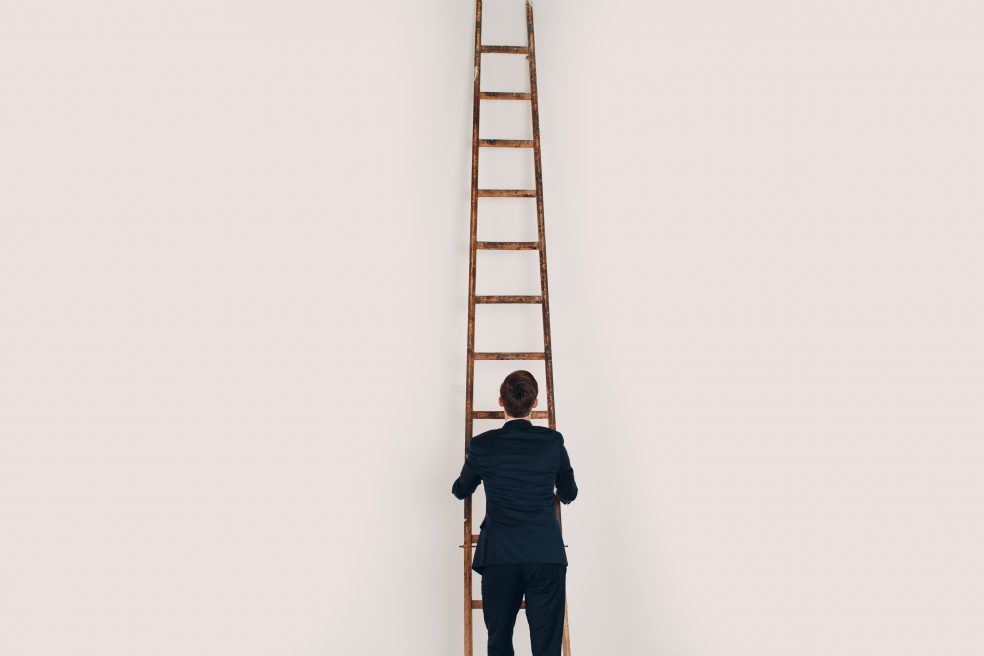Getting back into the office offers an opportunity for us to rethink how we socialise with colleagues and make the most of our work relationships. This is our chance to improve our wellbeing as well as how we work in the 21st century.
You are what you need.
As a human, I miss you. I miss being near you. When we meet online, I do not see you; I just see a representation of you. All the visual clues, sounds and lights inform my brain that someone is there I know; just like you, I reach out and make a connection. The connection, like the background, is false-a representation of a projected image sent to project an image. As much as I fully appreciate the concept of online you, nothing beats the real thing. You grow me. Without you, I diminish, I lessen my capacity, how I grow depends on your very existence. I am based on being with you, socializing with you, interacting with you, listening to you, arguing and laughing with you. Without you, I diminish. We all do. We are human, after all.

Observation, Isolation, Growth and Being (you)
In studies of people placed in solitary confinement, research indicates the brain compensates for the isolation by creating people for you to interact with, to connect with. What happens? Studies undertaken in the early 1990s indicate that without regular social interaction with another person, the hippocampus shrinks. It diminishes. The brain compensates with hallucinations, and not always good.
A literature review led me to a research paper by Stuart Grassian (2006), “…deprived of a sufficient level of environmental and social stimulation, individuals will soon become incapable of maintaining an adequate state of alertness and attention to the environment.” Albeit that the majority of situations explored by Grassian were of an extreme aspect of solitary confinement, such as prisons, other forms of incarceration; the environments also included working in submarines and undertaking polar expeditions. The role of the deliberate removal and exclusion of the individual from a socially and cultural ‘normal’ environment had an effect on the mental wellbeing and of the neurological structure of that individual.
In connection, we respond, grow and decrease our stress levels. Furthermore, too much time in ‘isolation’, as biochemist Elena Blanco-Suarez explains, actually rewires our brain, “One of the most remarkable effects of chronic social isolation, as in the extreme case of solitary confinement, is the decrease in the size of the hippocampus, the brain region related to learning, memory, and spatial awareness. The sustained stress of extreme isolation leads to a loss of hippocampal plasticity, a decrease in the formation of new neurons, and the eventual failure in hippocampal function. On the other hand, the amygdala increases its activity in response to isolation. This area mediates fear and anxiety, symptoms enhanced in prisoners in solitary confinement.”
“One of the most remarkable effects of chronic social isolation, as in the extreme case of solitary confinement, is the decrease in the size of the hippocampus, the brain region related to learning, memory, and spatial awareness.”
Elena Blanco-Suarez
How then do we move forward from being isolated, in lockdown, working entirely from home, and transitioning back to the workplace? One step is for us to understand ourselves, our social-collective selves. Psychologist Susan Pinker explains, “…that direct person-to-person contact triggers parts of our nervous system that release a “cocktail” of neurotransmitters tasked with regulating our response to stress and anxiety. In other words, when we communicate with people face-to-face, it could help to make us more resilient to stress factors in the long run.”
Your Money or Your Life.
There is a question I like asking in workshops: Why do you work? The regular (obvious) answer is simply “money; I work for money.” Yet, we also work for ourselves to be part of something bigger, to contribute to the communities in which we play our part.
As Maria Cohut writes, “As human beings, we dream, learn, grow, and work as part of society. The society that we’re born into and the societies that we navigate throughout our lives shape our personal identities.” Occasionally, very occasionally, someone will say something like – “It’s what I do, it’s how I contribute”. Now there is a statement to consider. Class, discuss.
Where you are impacts who you are, whether working from home or elsewhere. As humans, we adapt to change by adopting aspects of our surroundings, aspects of self-agency as habits expressed through chameleon-like adaptiveness. As social beings, we try to fit in as best we can, although sometimes, we take a little bit too much of that elsewhere with us. As we conform, adapt, and blend, so we change.
So, when you do return to work, whether you work in an office, café, or warehouse, it will seem familiar and odd at the same time. We seek the external familiar even when it is us who have changed. Wider perceptions and aspects of cautionary self-preservation will intrude on how we (re)negotiate returning to work. And as always, perception is all. Remember, your choice of viewpoint can obscure your perception.
Where you are impacts who you are, whether working from home or elsewhere.
Doing an internet search for “Social connection with physical health benefits”, provided a staggering 767,000,000 results. We know with many studies that better social habits are linked with a healthier lifestyle. As we return to working and return to the workplace, we now have the perfect opportunity to embrace a shift towards enjoying social interactions at work for the better. In fact, being around people again who positively challenge us to grow and maintain healthy habits is good for body and mind.

What to Do.
Well known across business management techniques is the Deming cycle. Plan / Do / Check / Act and often oversimplified to develop new production targets and meeting your KPIs. So, if you have any reservations about returning to your workplace, or if you just don’t want the “same ol’ same ol'” just apply the Deming cycle to your daily routine using the following 12 steps…
| 1 | Plan | Breathe |
| 2 | Plan | Meditate |
| 3 | Plan | Exercise |
| 4 | Do | Laugh |
| 5 | Do | Share |
| 6 | Do | Exercise |
| 7 | Check | Learn |
| 8 | Check | Review |
| 9 | Check | Discuss |
| 10 | Act | Journal |
| 11 | Act | Think |
| 12 | Act | Sleep |
| 13 | Act | Breathe |
At the end of the day, the trick is to keep breathing.
About the author: John Holt is Lead Health & Safety Auditor with Allos Australia. He runs our New Lens program which assists businesses to better understand and identify key opportunities for additional efficiencies and effectiveness of work design and safety management systems. Learn more about John and the team here.

